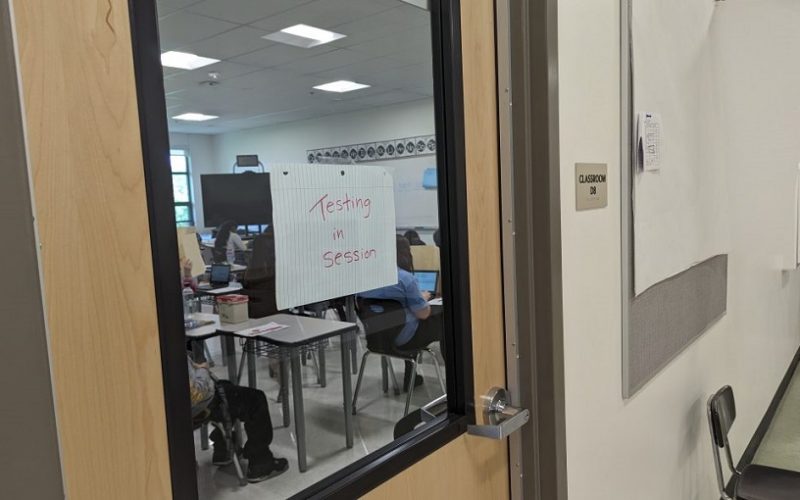Salem, OR — In response to criticism regarding transparency, the Oregon Department of Education (ODE) has launched a revamped system designed to better track and report school performance across the state. The new initiative, which aims to provide clearer and more accessible data to parents, educators, and the general public, represents a shift toward greater transparency in how the state monitors its educational institutions.
The ODE has faced increasing pressure over the past few years from various stakeholders who voiced concerns about the opacity of the state’s existing performance tracking system. The previous model, many argued, was difficult to navigate and failed to provide a full picture of how schools were performing, particularly in terms of equity and student outcomes. Critics also highlighted the lack of real-time data, which hindered timely decision-making for parents and educators.
The newly unveiled system comes with several improvements, including an easier-to-read interface, more detailed breakdowns of student achievement, and an emphasis on key metrics such as graduation rates, standardized test scores, and college readiness. Additionally, the platform now includes more granular data on subgroups of students, such as those from low-income families, students of color, and English language learners, providing a better understanding of how different populations are faring across the state.
“We are committed to ensuring that every Oregon student has access to a high-quality education,” said Colt Gill, Director of the Oregon Department of Education. “This new system will give families and educators the tools they need to make informed decisions about their schools and advocate for improvements where necessary.”
While the new tracking system has been met with praise for its improved transparency, some critics argue that it still lacks a truly comprehensive approach. Advocates for educational reform have noted that while the data is more accessible, it does not go far enough in addressing underlying issues of school funding, teacher shortages, and the need for more individualized support for struggling students.
“The new system is a step in the right direction, but it’s only one part of the puzzle,” said Mark O’Neill, a local education advocate. “To make real change, we need to also tackle the broader systemic challenges that schools face, especially in underfunded districts.”
Despite these concerns, the ODE has expressed optimism that the updated tracking system will foster a more data-driven dialogue about school performance in Oregon, ultimately leading to better educational outcomes for students statewide.
As the system rolls out across the state, the ODE plans to host workshops and provide additional training to help school districts effectively use the new tools. The department has also encouraged parents and community members to actively engage with the platform, offering feedback that could further refine the system over time.
For now, the department is hoping the changes will provide a clearer, more accessible snapshot of how schools are performing, and in turn, help create a more informed and involved community of parents, students, and educators in Oregon.











